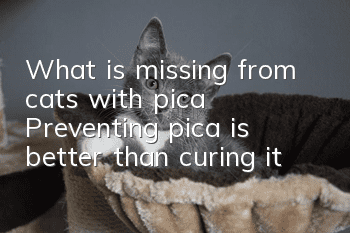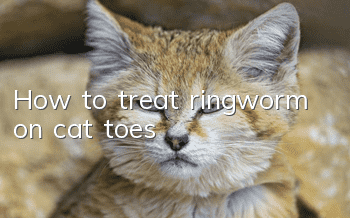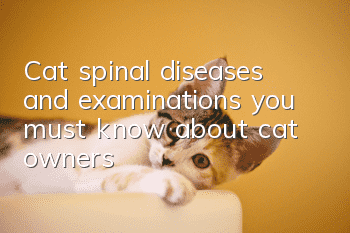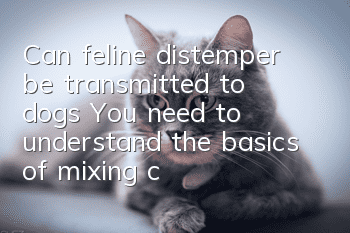What is missing from cats with pica? Preventing pica is better than curing it

Feline pica is a lack of certain proteins and amino acids, which leads to metabolic disorders in cats and the symptoms of pica; or due to a lack of calcium, magnesium, phosphorus, sulfur, iron, sodium, copper, cobalt, and manganese and other trace elements; poor gastrointestinal problems in cats can also cause pica.
Feline pica is a lack of nutrition
1. Improper diet leads to a lack of trace elements, or a bad gastrointestinal condition or indigestion leads to pica.
2. The lack of certain proteins and amino acids leads to metabolic disorders in cats and the symptoms of pica.
3. Lack of other nutrients, such as calcium, magnesium, phosphorus, sulfur, iron, sodium, copper, cobalt, manganese and other minerals, especially sodium salt.
4. Lack of certain vitamins and trace elements, especially B vitamins.
Cat pica is an external influence
The breeding density is too high, the air circulation in the cattery is insufficient, the lighting time and light color are inappropriate, and the cats are in a bad mood, depressed and irritable.
Lack of care from their owners, in order to resolve loneliness, cats will become curious about foreign objects around them and even their own feces. If the owner does not stop it in time, these behaviors can lead to pica.
Cat pica is caused by disease
1. Toxins or stimulation produced by external parasites can trigger pica.
2. Intestinal parasites lead to a decrease in the digestion and absorption function of the intestines and a lack of nutritional elements.
3. There are also some endocrine diseases that can cause cats to become stressed and develop pica.
Cat pica is a natural instinct
Cats are playful, active and curious, especially newborn kittens. They are full of curiosity about various things in the environment and will explore unfamiliar things around them through their mouths. If this behavior is not corrected in time, it will Develop pica.
How to prevent pica in cats
Create a good environment
Create a comfortable and pleasant living environment to minimize stress. Adjust the nutritional structure of the diet and supplement trace elements, minerals and multivitamins in appropriate amounts (ps: trace element powders and nutritional pastes, etc.). In daily life, spending more time with and caring for cats can play a positive role in preventing pica.
Balanced diet
1. Choose good cat food: nutritionally balanced, moderately soft and hard, good palatability, and easy to digest natural food.
2.The good habit of regular and quantitative feeding can increase appetite and help digestion.
3. Properly provide animal protein foods such as chicken, beef, pork, duck, liver, etc. Some cats can eat vegetables. You can also chop celery, carrots, etc. and mix them with meat to cook them to improve the cat's diet.
Correct bad habits
1. Excretion habits, especially during the development period of cats, make them excrete in a fixed place and remove feces in time.
2. If a foreign object is found licked, punish it immediately and complain. If you don’t clean it up immediately, if you find it is still licking, punish it again to make the cat realize the consequences of this behavior and gradually get rid of the bad habit. Praise and reward with comfort and snacks to reinforce good habits.
Regular deworming
Parasites can cause metabolic disorders in cats and lead to pica symptoms. Parasites not only affect the growth of cats but also pose a threat to people. They must be dewormed regularly and vaccinated on time.
ps: Not all random eating behaviors are pica. For kittens, out of curiosity, they will inevitably become interested in things that are not food. As long as timely correction and guidance are provided, the formation of pica can be avoided.
- What causes cats to urinate everywhere? It could also be this reason...
- What should I do if my cat gets carsick? How to overcome motion sickness in cats
- How to educate Abyssinian cats when they make mistakes
- Can having a cat help relieve depression?
- How to care for newborn cats
- What's wrong with the cat not eating?
- Why do cats’ nails crack when they are cut?
- Can cats with oral herpes eat?
- Can Ragdoll cats eat rice?
- How to clear blocked nasolacrimal ducts in cats



